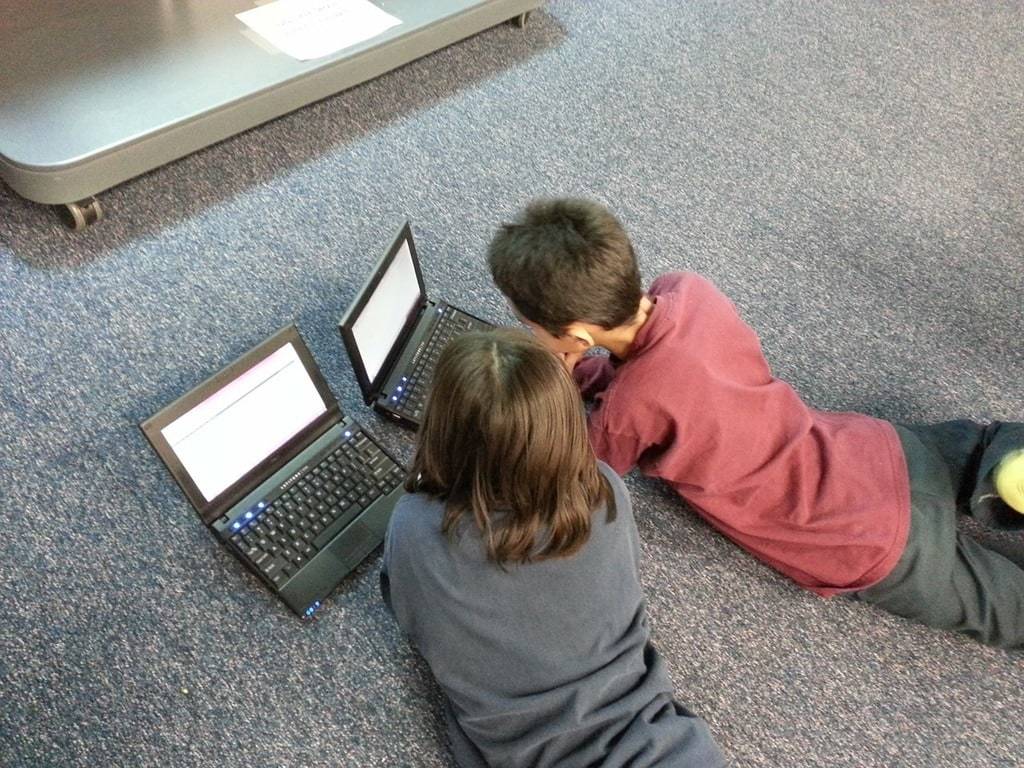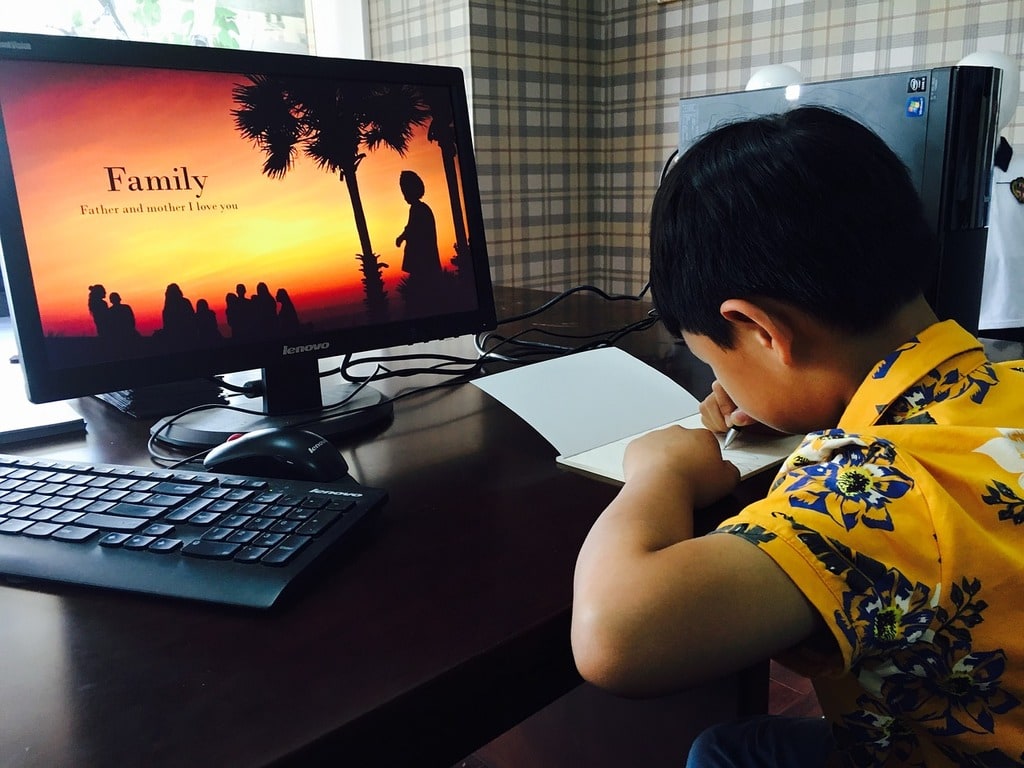Innovative teaching methods have become a significant focus in modern education. Traditional teaching techniques, once considered the cornerstone of education, are being augmented and often replaced by more dynamic, student-centered approaches. These new methods aim to enhance student engagement, understanding, and retention, preparing learners for an ever-evolving world.
Modern Approaches in Teaching Methods
Educators are increasingly embracing innovative teaching methods to better address the diverse needs of their students. Among these methods, project-based learning, flipped classrooms, and gamification are proving particularly effective. Each approach has unique benefits that cater to various learning styles, fostering a more inclusive and stimulating educational environment.
Project-Based Learning
Project-based learning (PBL) involves students working on a project over an extended period, allowing them to engage deeply with a subject. This method encourages critical thinking, creativity, and collaboration. By focusing on real-world problems, students can see the relevance of their studies, which increases motivation and engagement. For instance, a science class might involve a project where students design and test renewable energy solutions, integrating knowledge from physics, engineering, and environmental science.
Flipped Classroom
The flipped classroom model transforms traditional teaching by having students learn new content at home and apply that knowledge in class. This shift allows classroom time to be used for interactive activities, such as discussions, problem-solving, and hands-on experiments. Teachers can provide immediate feedback and support, making the learning process more effective. This approach also empowers students to take ownership of their learning, as they can pace themselves and revisit complex topics as needed.

Gamification
Gamification incorporates game elements into the learning process to make it more engaging and enjoyable. This method leverages students’ natural love of play and competition to motivate them. Points, badges, leaderboards, and other game mechanics can be integrated into lessons to encourage participation and persistence. For example, language learning apps often use gamification to help students practice vocabulary and grammar in a fun and interactive way.
Collaborative Learning
Collaborative learning emphasizes teamwork and communication, crucial skills for success in the modern world. Students work together in groups to solve problems, complete projects, and understand concepts. This method not only enhances academic achievement but also builds social and emotional skills. Through collaboration, students learn to appreciate diverse perspectives and develop the ability to work effectively with others.
Personalized Learning
Personalized learning tailors education to meet the individual needs of each student. Technology plays a significant role in this approach, with adaptive learning software providing customized lessons and feedback based on students’ progress. Personalized learning ensures that students receive the appropriate level of challenge and support, helping them to achieve their full potential. For example, in a math class, software might adjust the difficulty of problems based on a student’s performance, ensuring they are neither bored nor overwhelmed.
Innovative teaching methods offer numerous benefits, including increased engagement, improved understanding, and better retention of information. Here are some key points:
- Enhanced Engagement: innovative methods capture students’ interest and make learning enjoyable.
- Improved Understanding: techniques like project-based learning and flipped classrooms deepen comprehension.
- Better Retention: interactive and practical approaches help students remember what they have learned.
Implementing These Methods in the Classroom
Integrating these innovative teaching methods requires thoughtful planning and flexibility. Teachers must be willing to experiment with new strategies and adapt their approach based on student feedback and outcomes. Professional development and training are essential to help educators effectively incorporate these techniques into their practice.
Schools and districts can support teachers by providing resources, such as technology tools and collaborative planning time. Encouraging a culture of innovation and continuous improvement will help educators stay abreast of new developments in teaching and learning. Ultimately, the goal is to create a dynamic and responsive educational environment that meets the needs of all students.
Looking to the Future
As education continues to evolve, the importance of innovative teaching methods will only grow. Embracing these approaches not only prepares students for future challenges but also fosters a love of learning that can last a lifetime. By staying current with educational trends and technologies, teachers can inspire and equip the next generation of learners to succeed in an ever-changing world.

